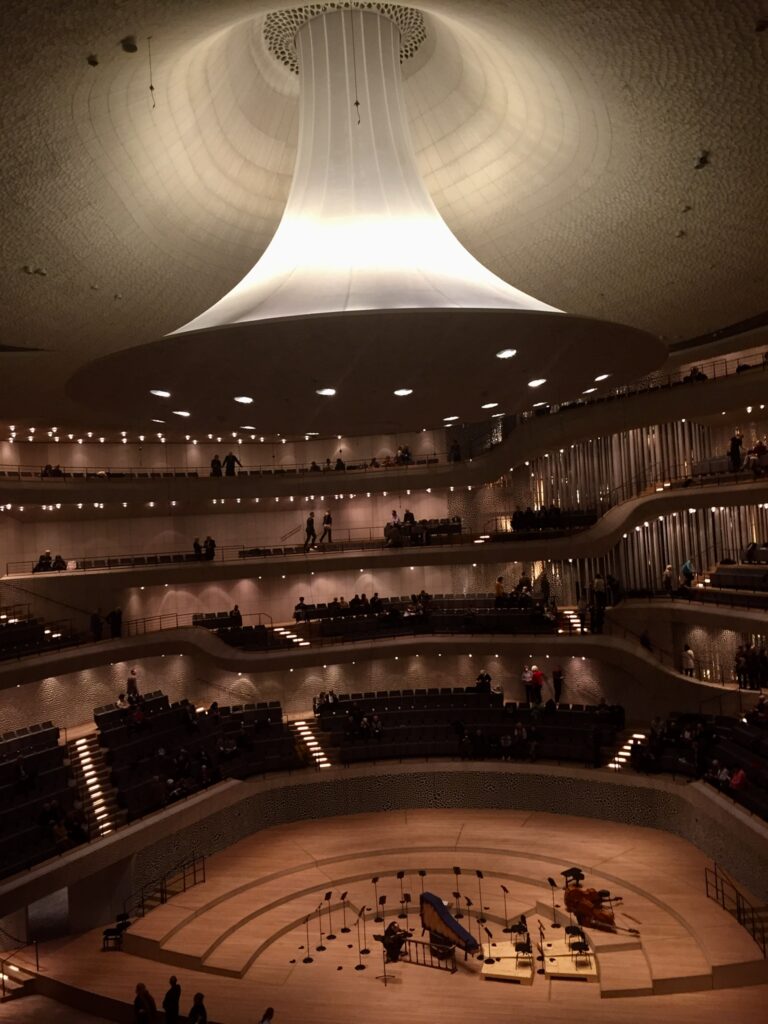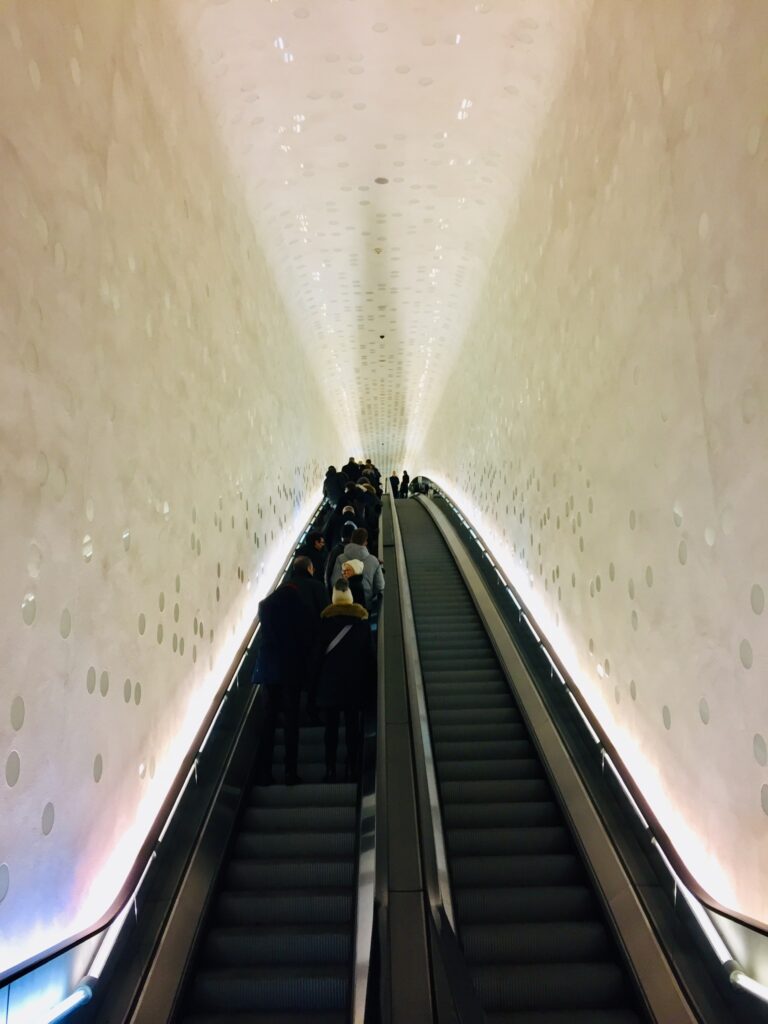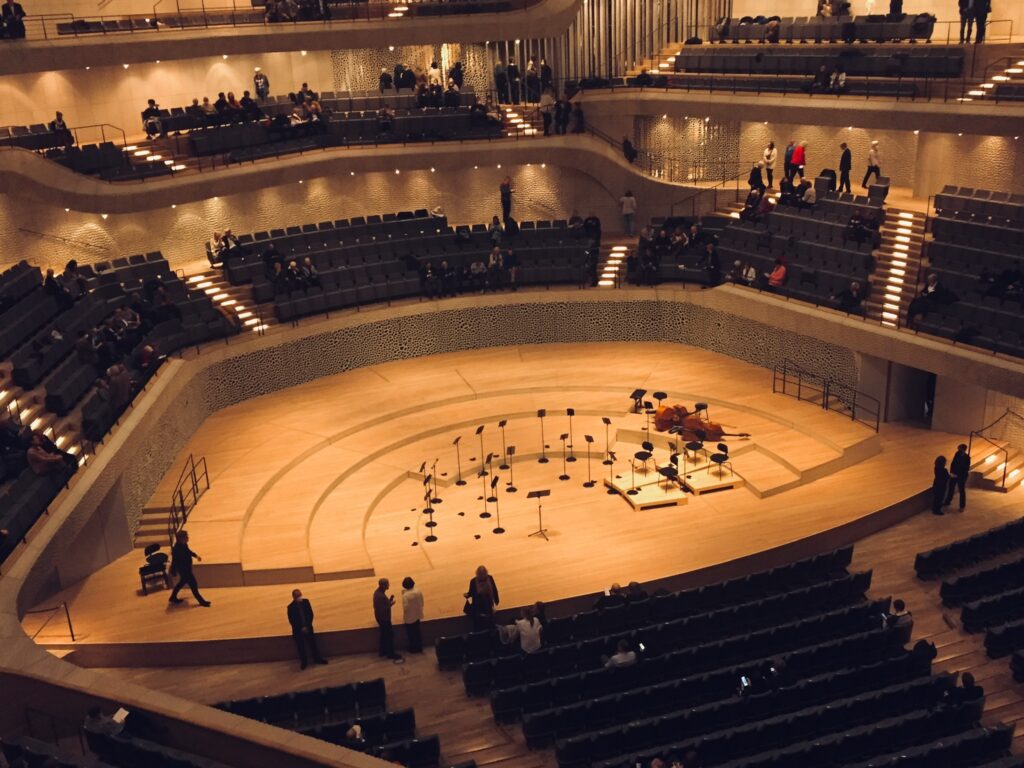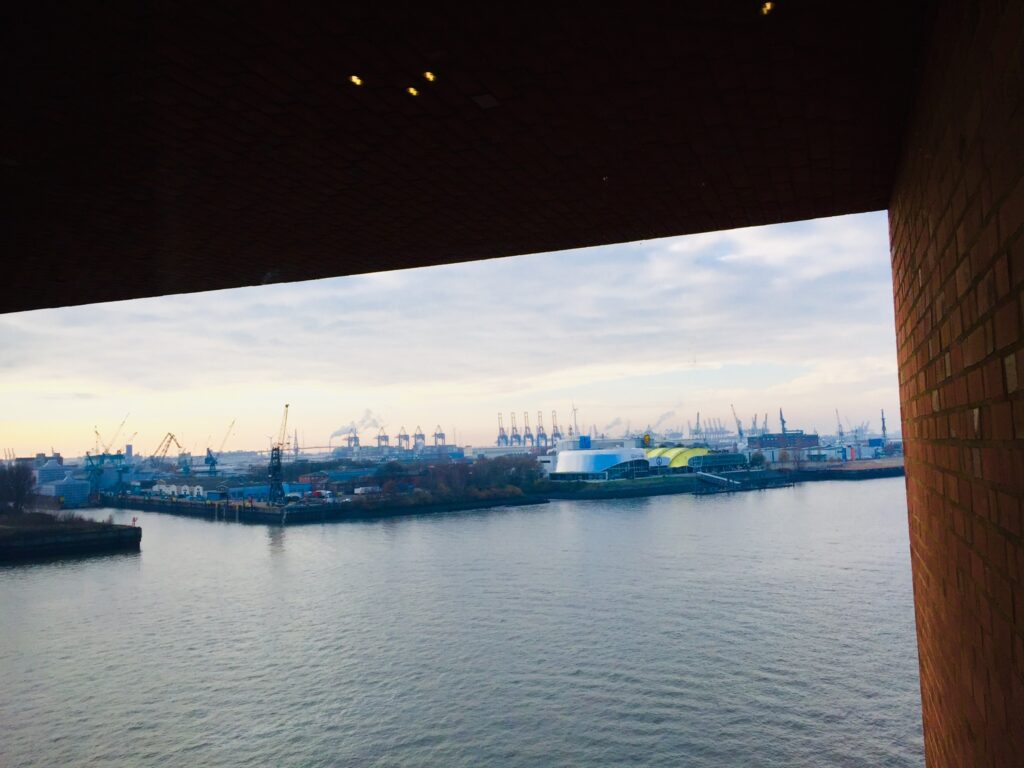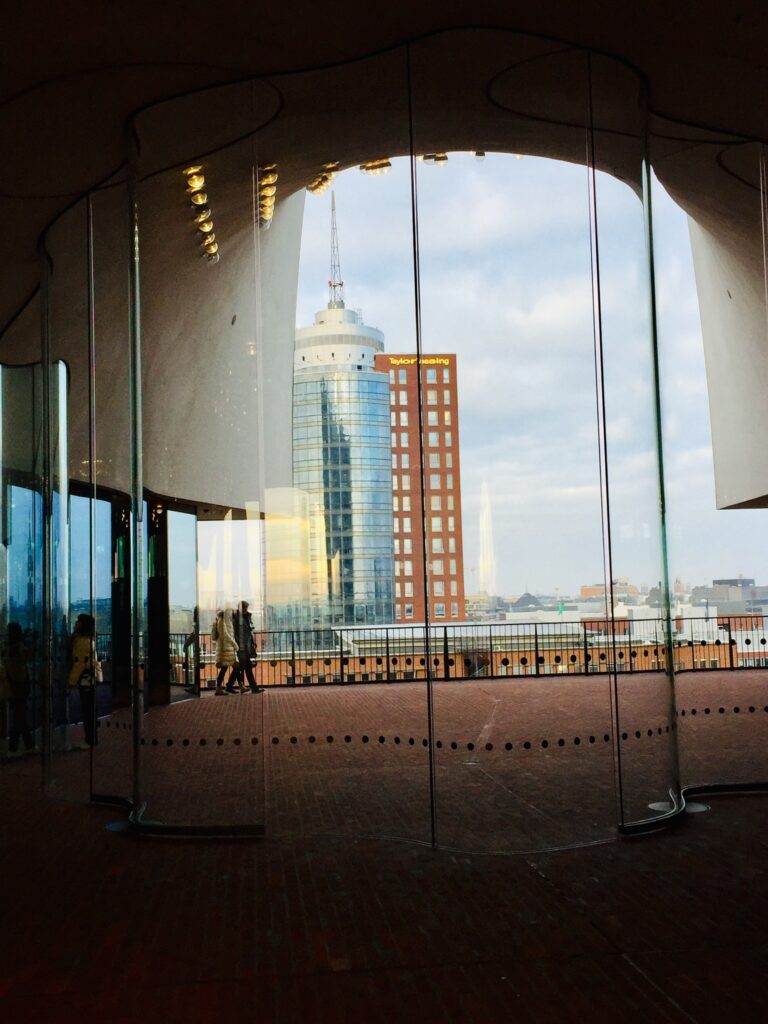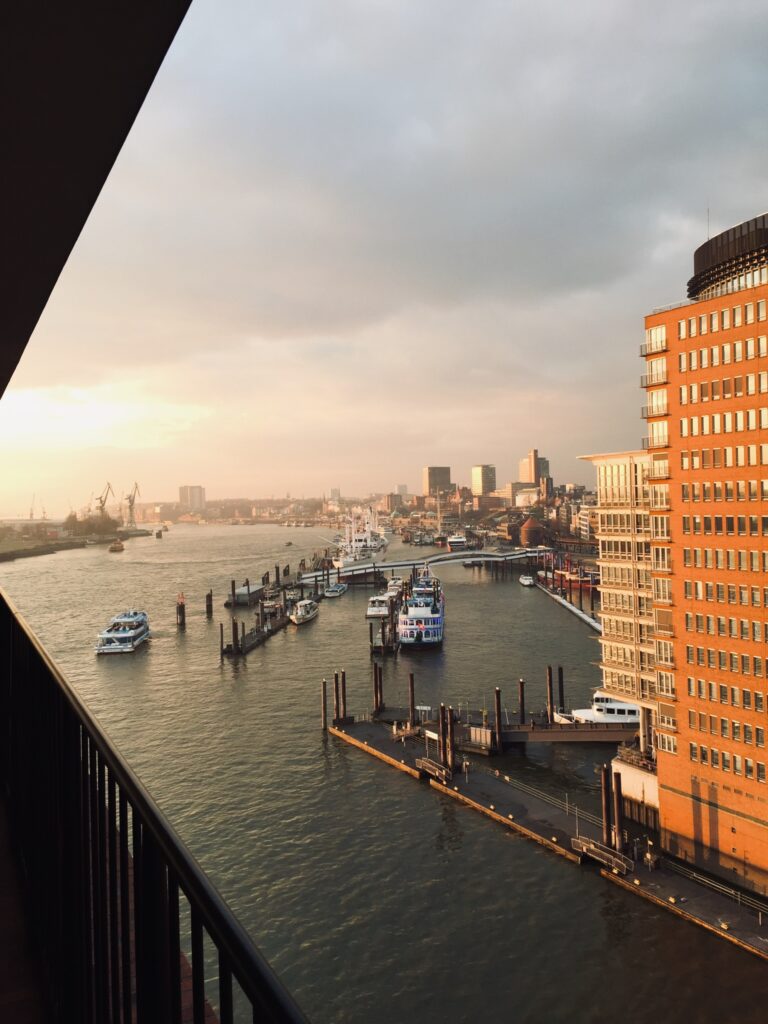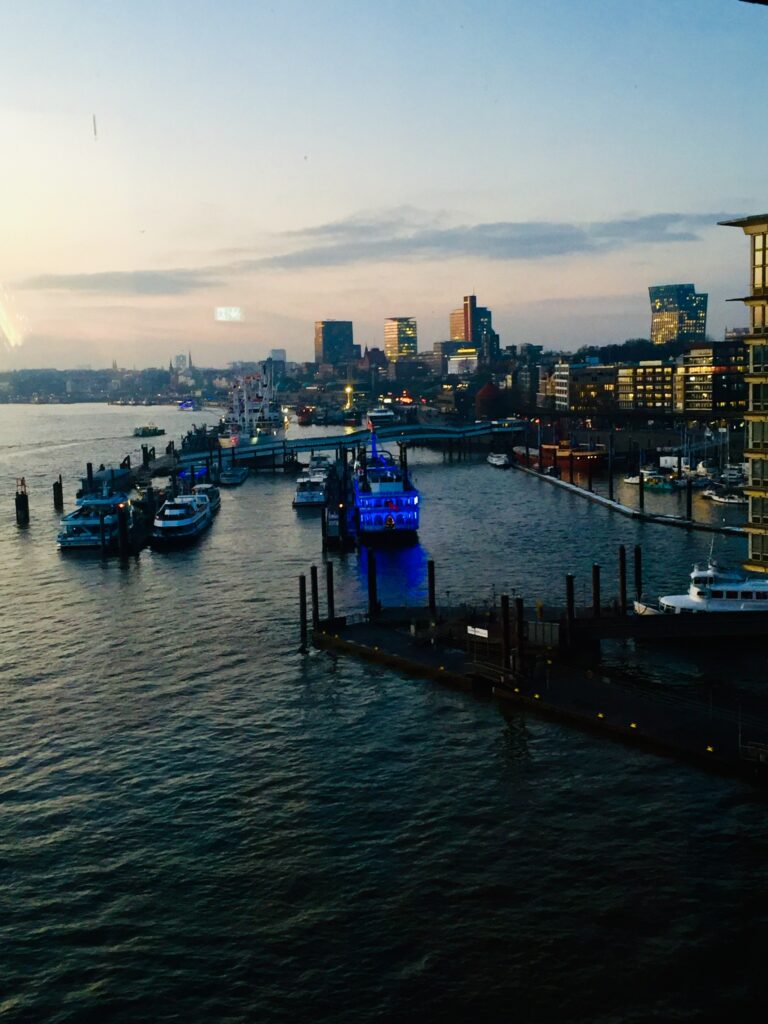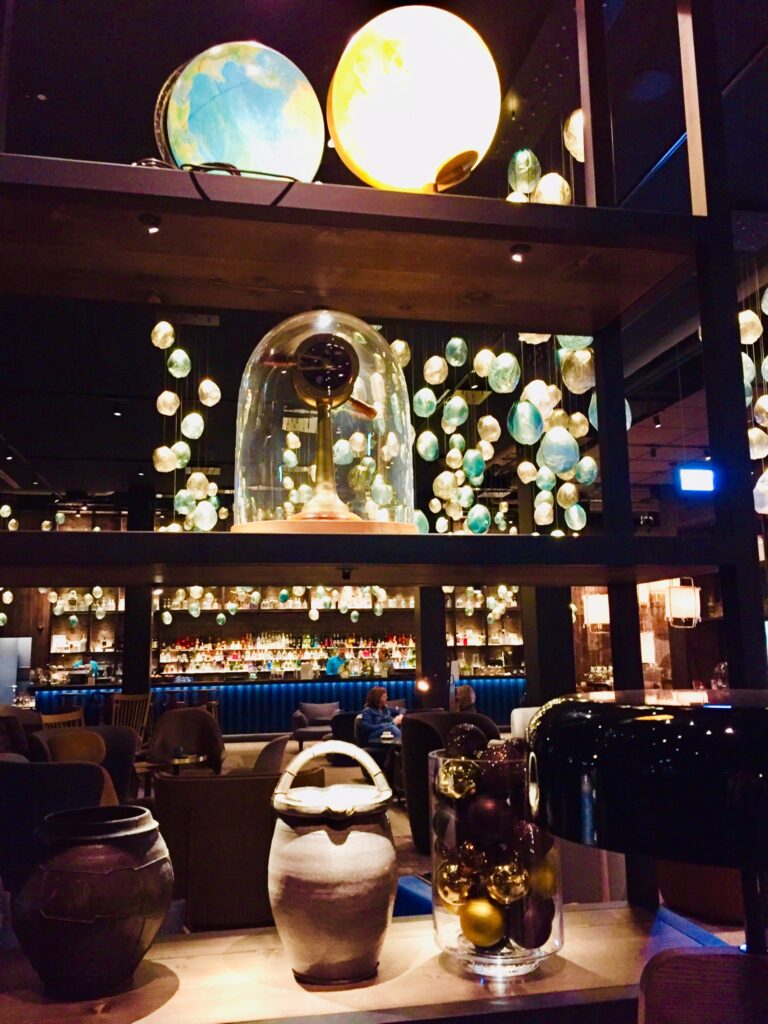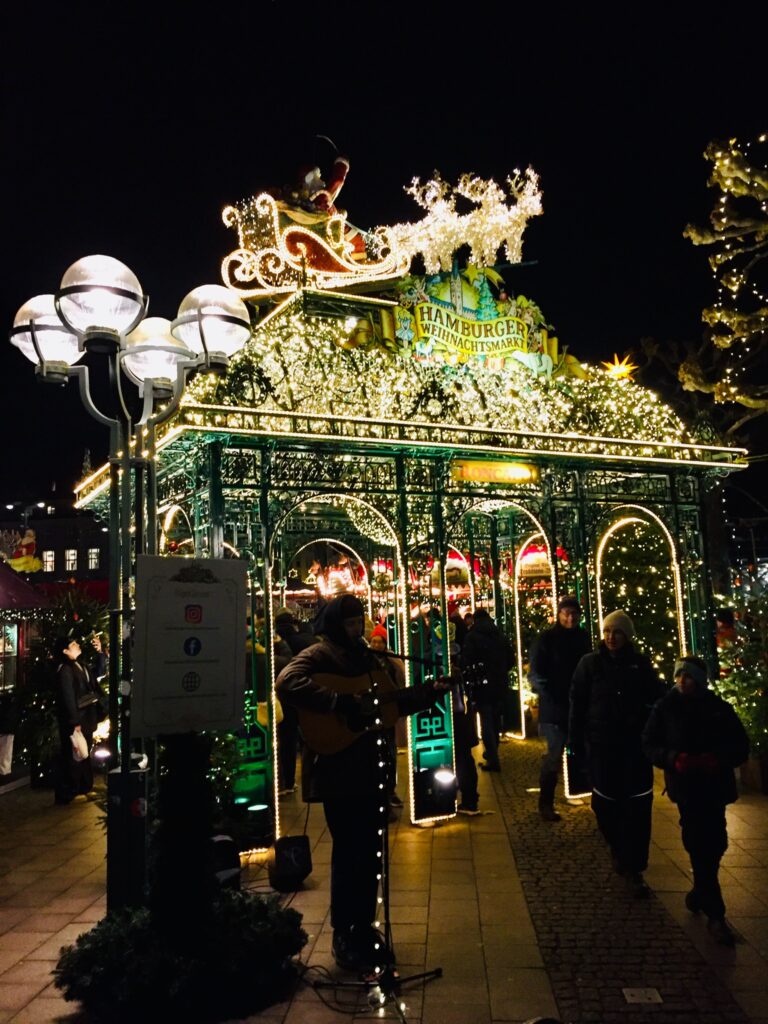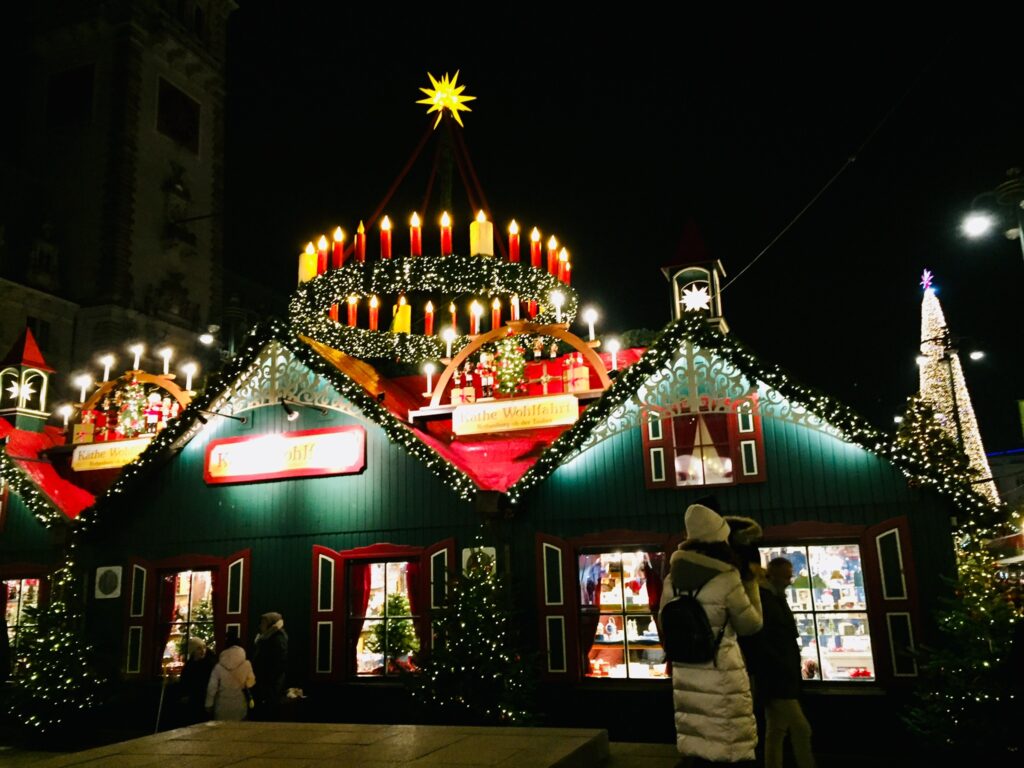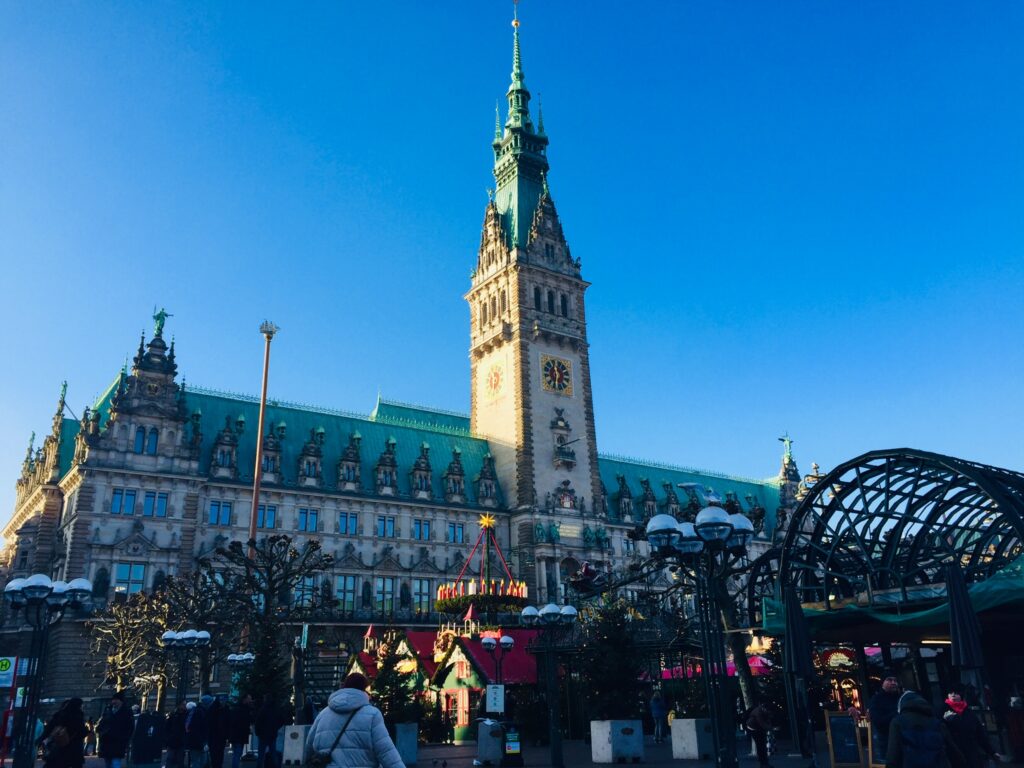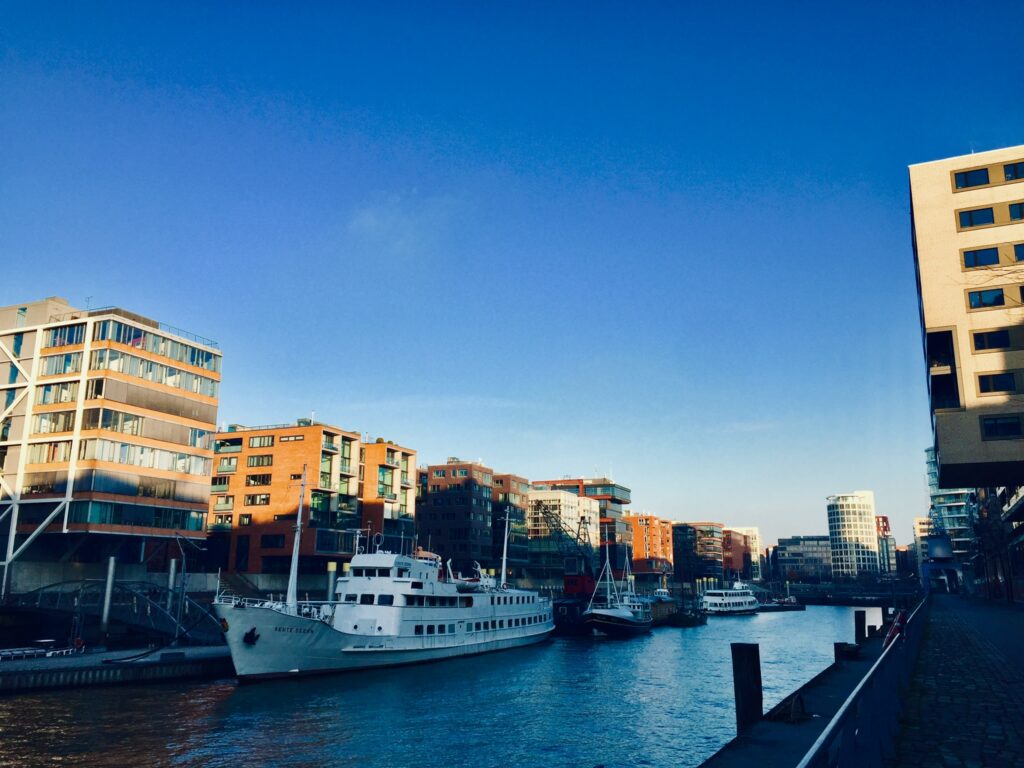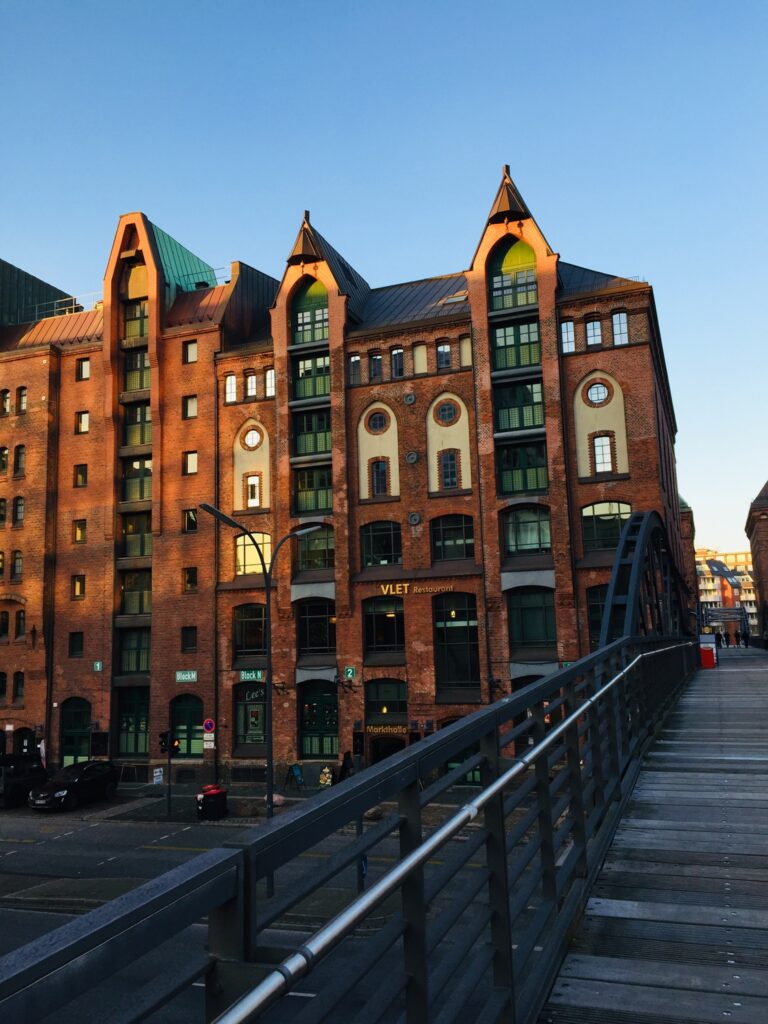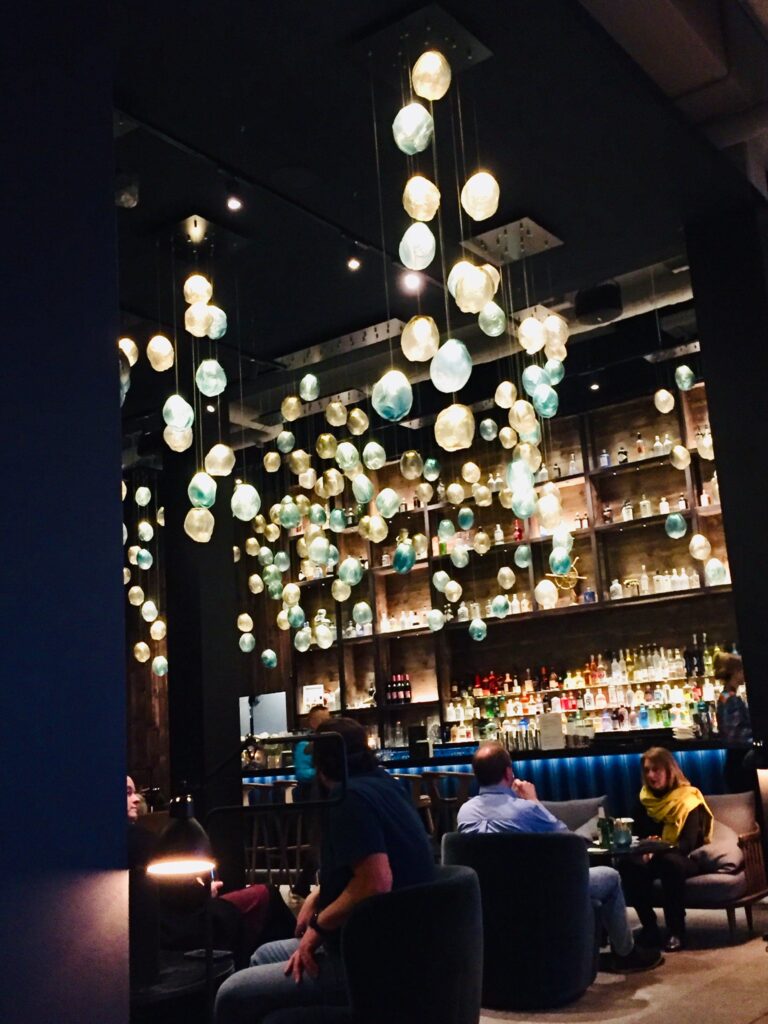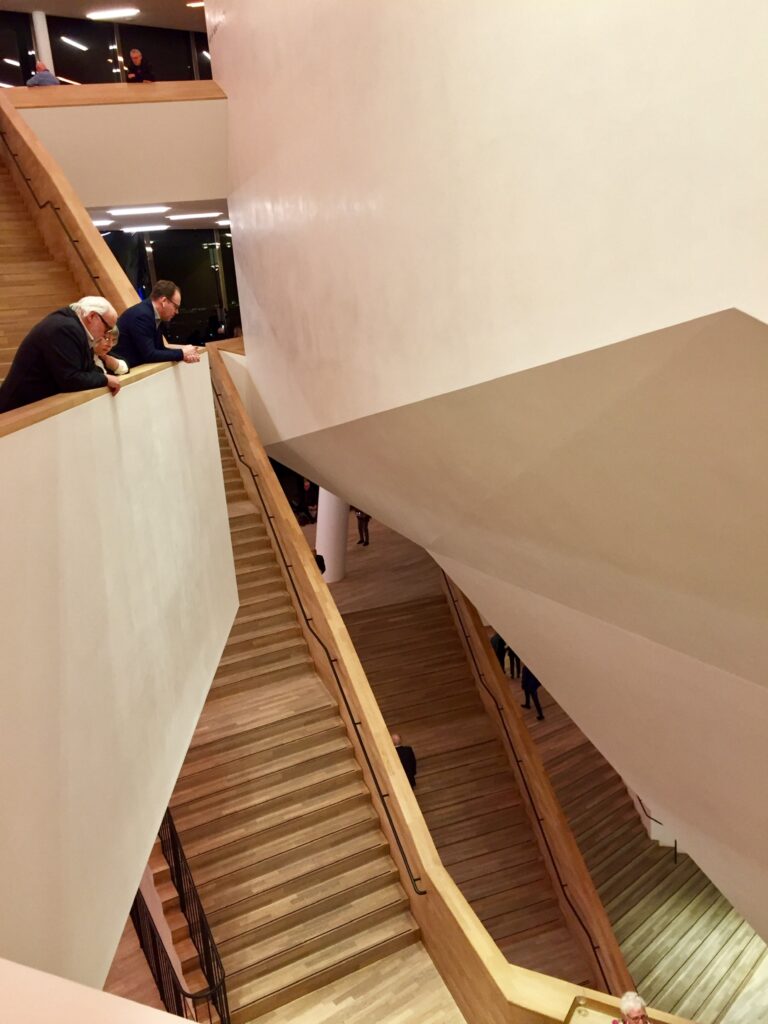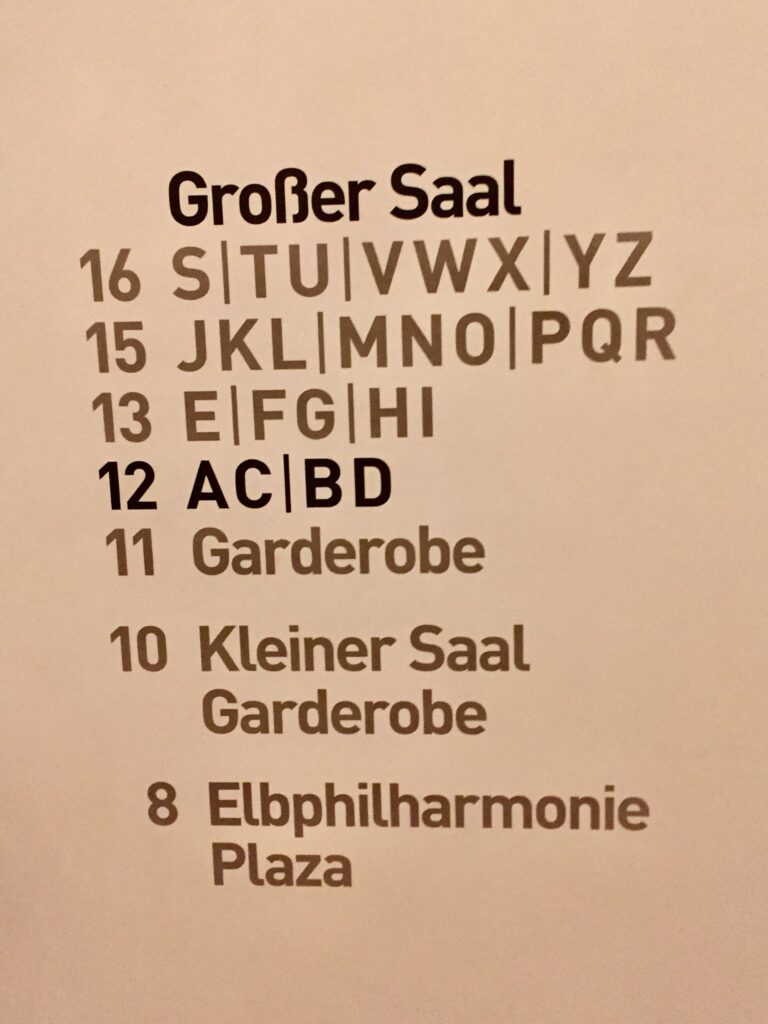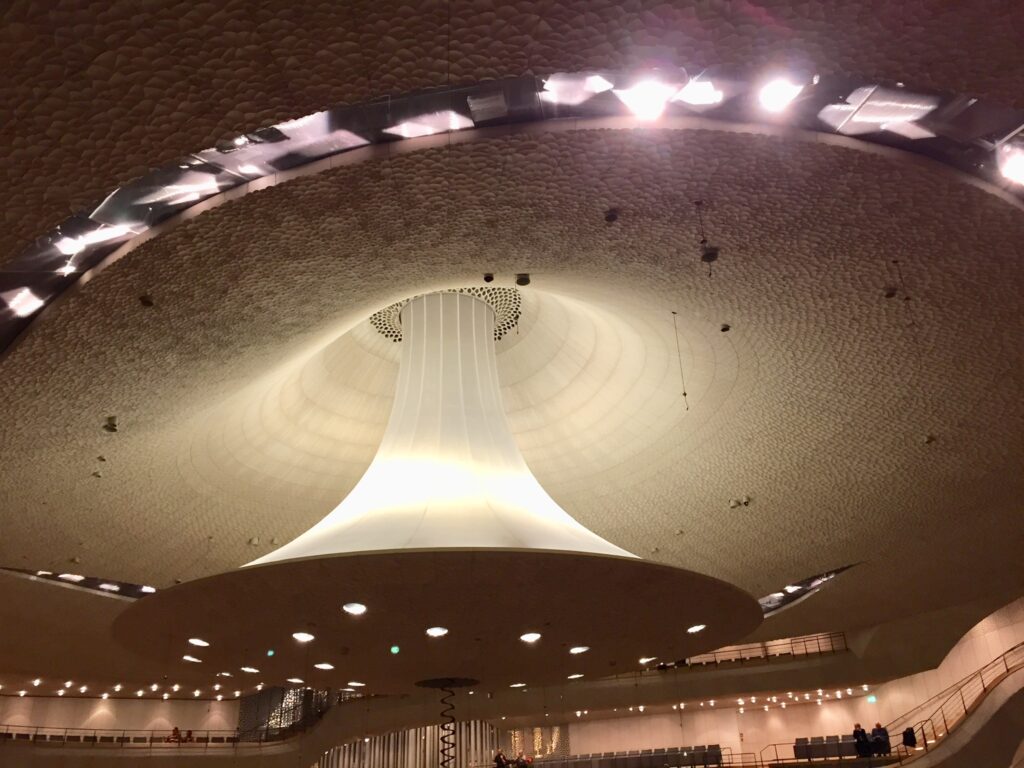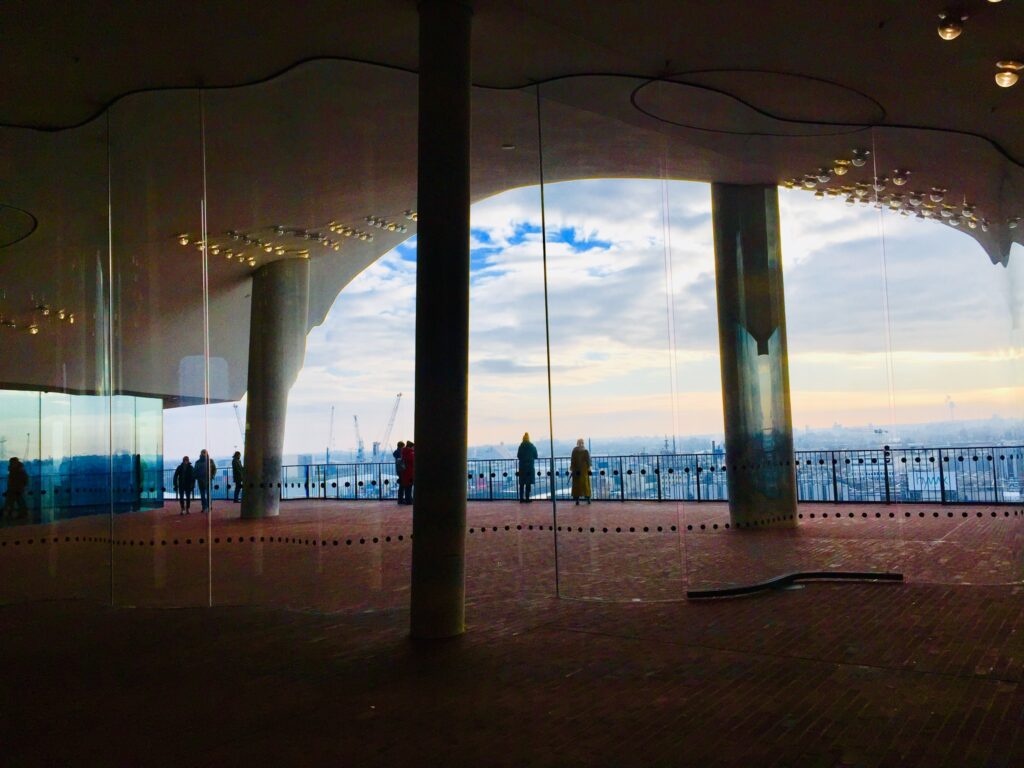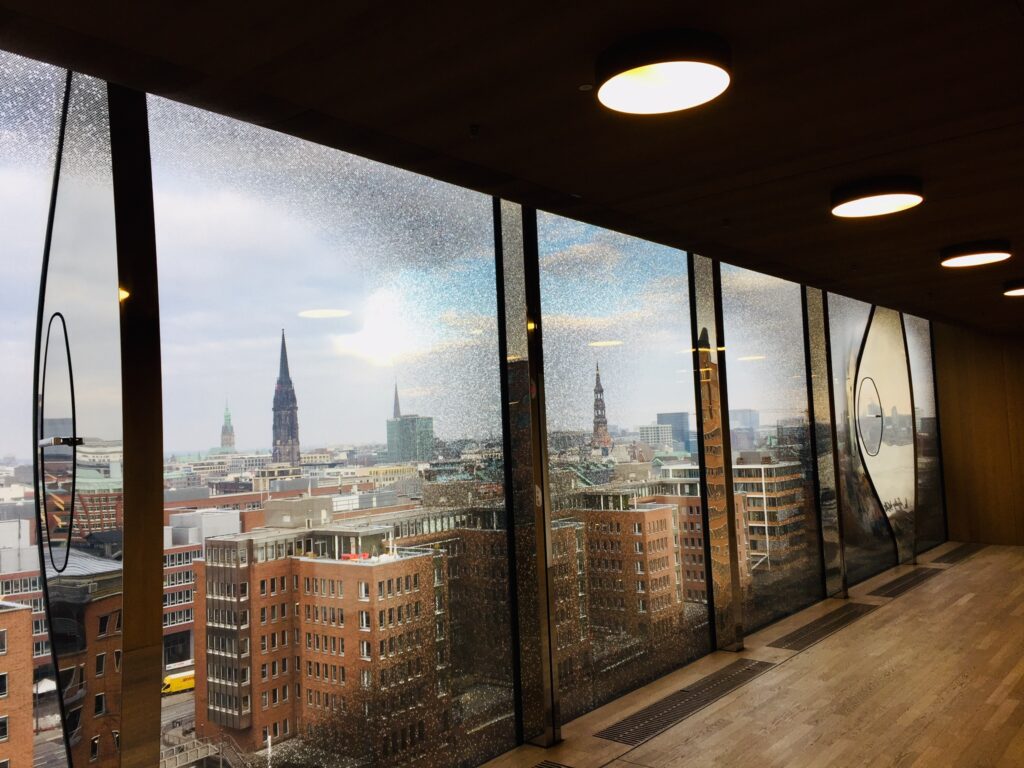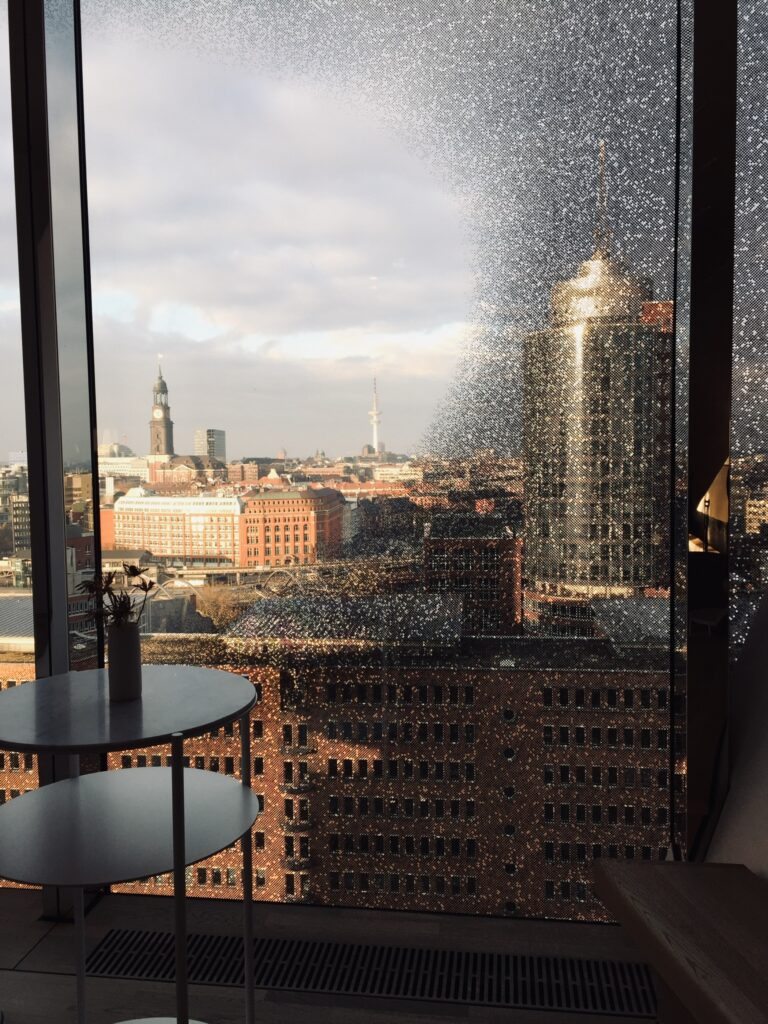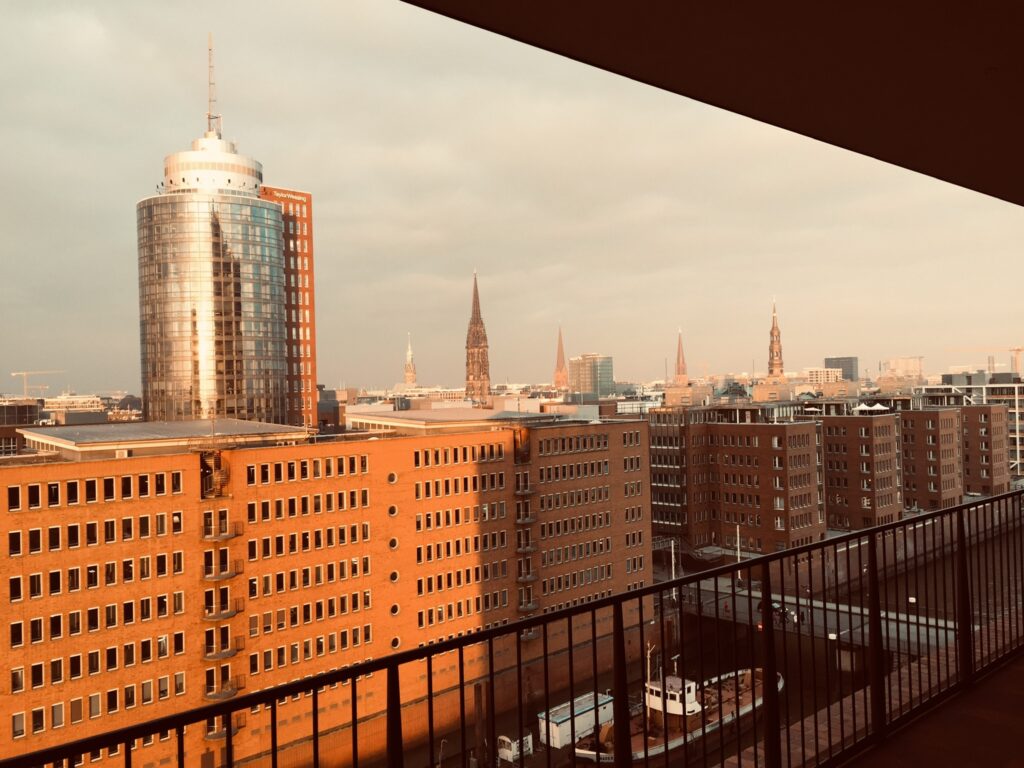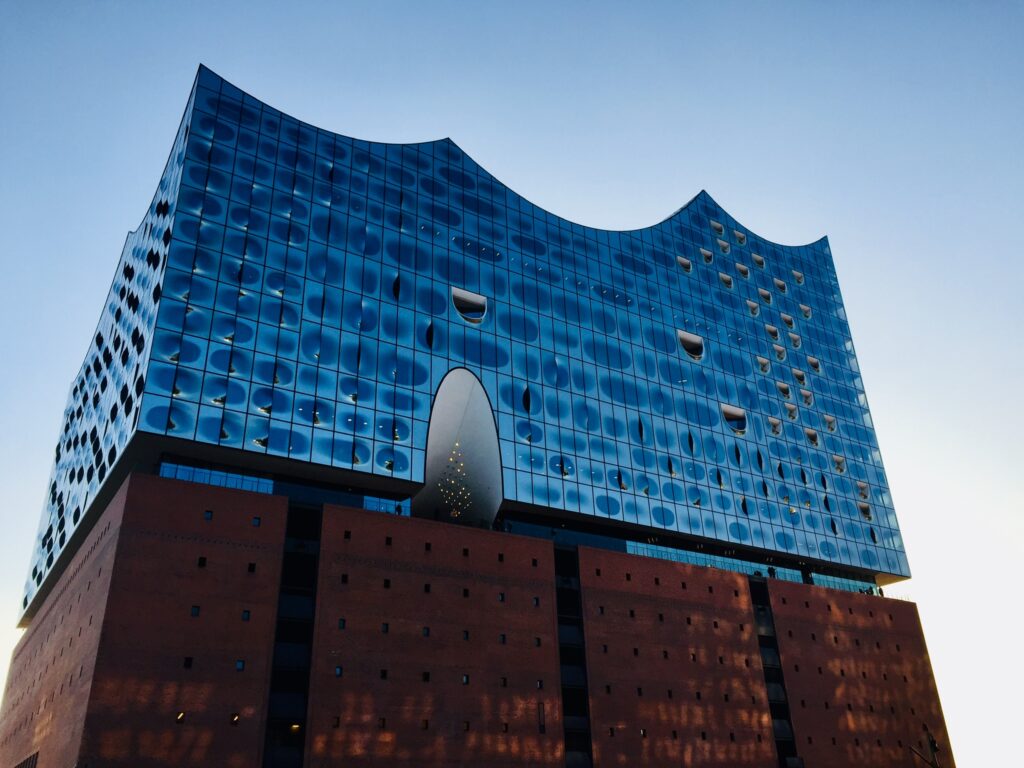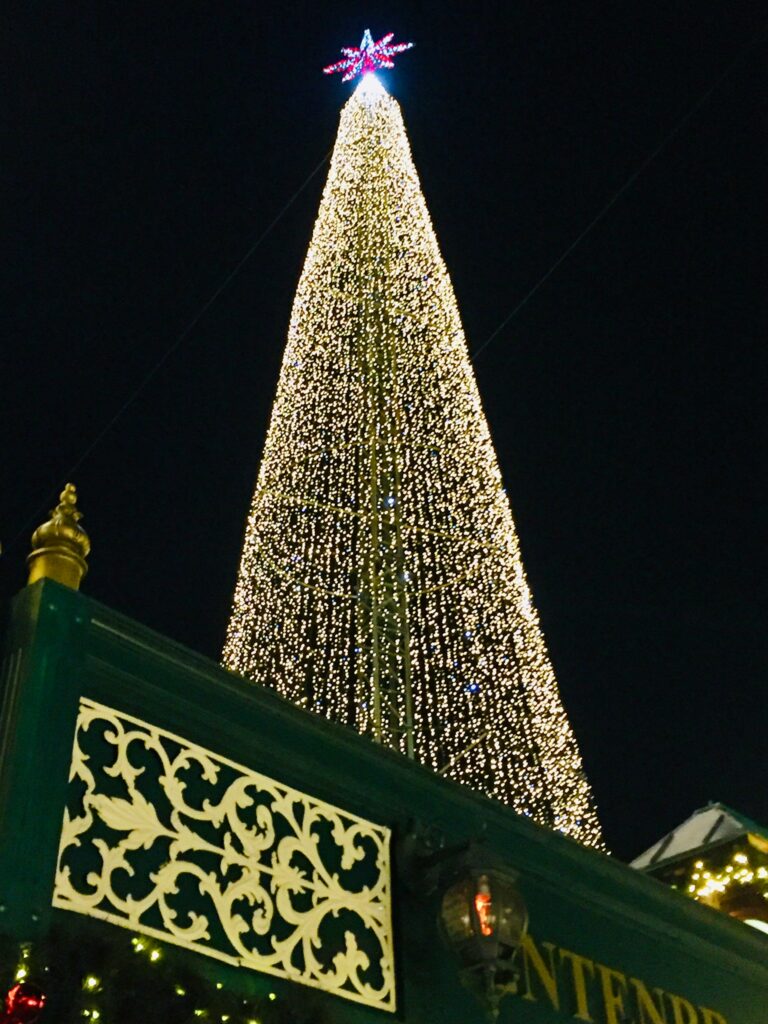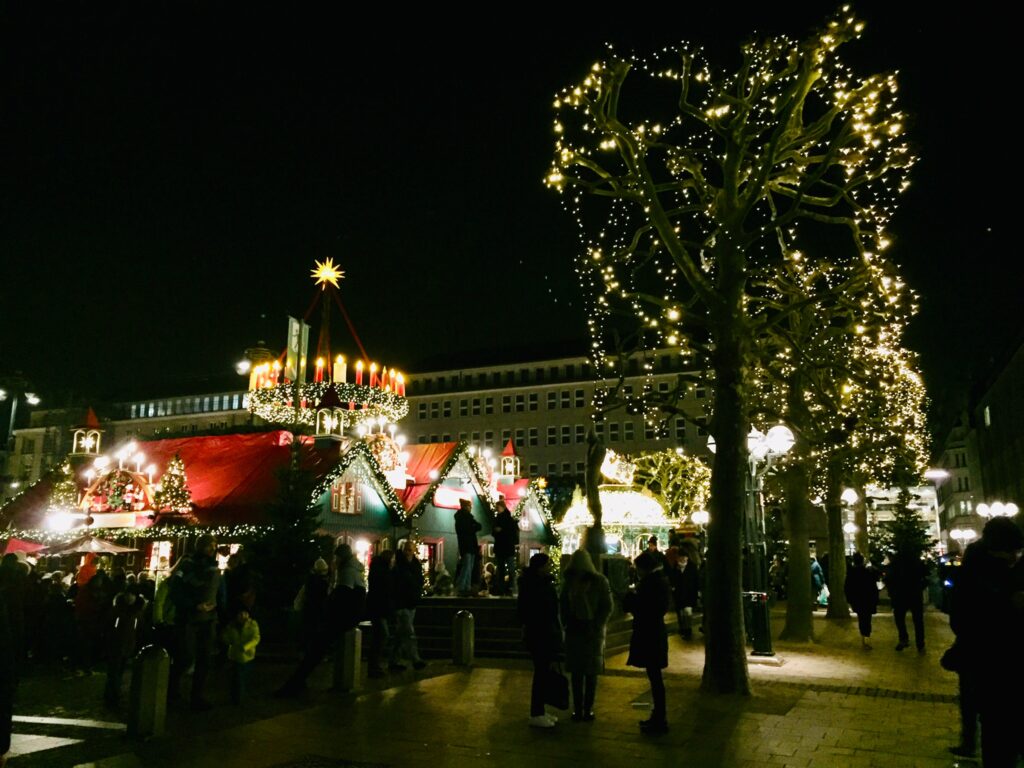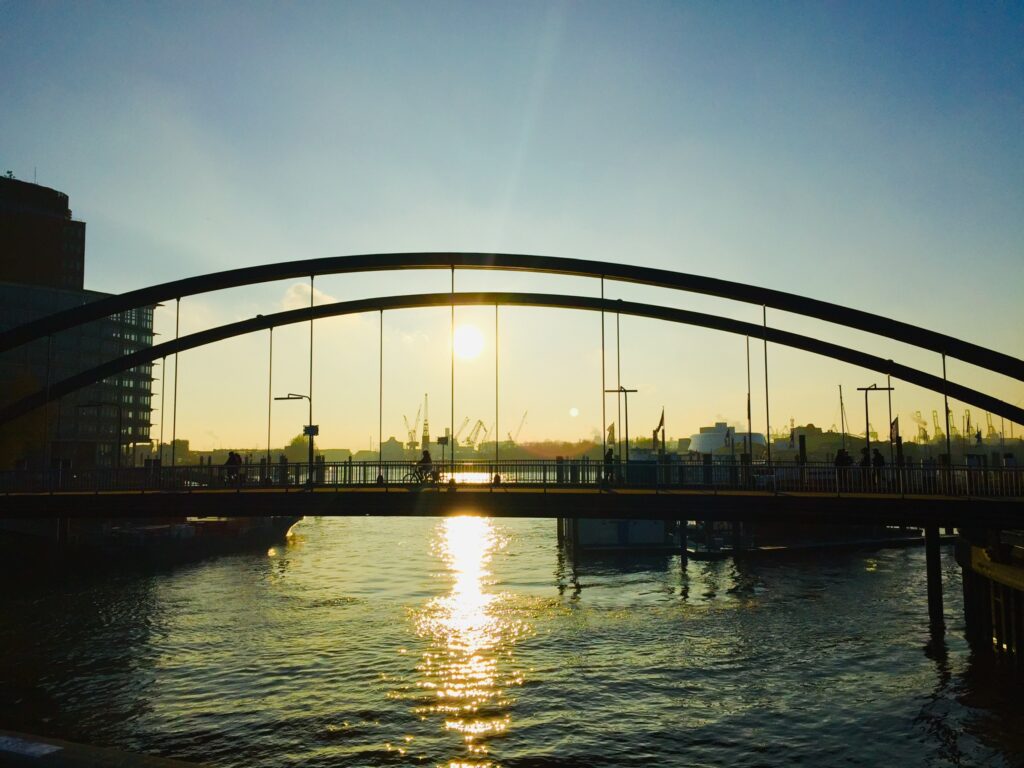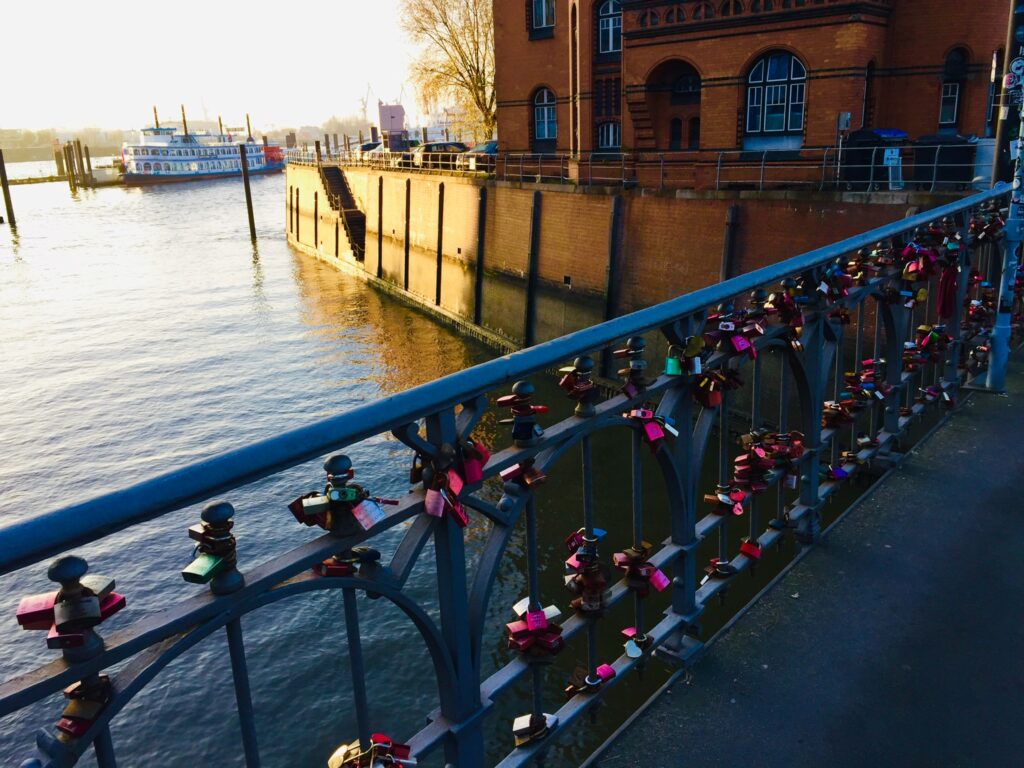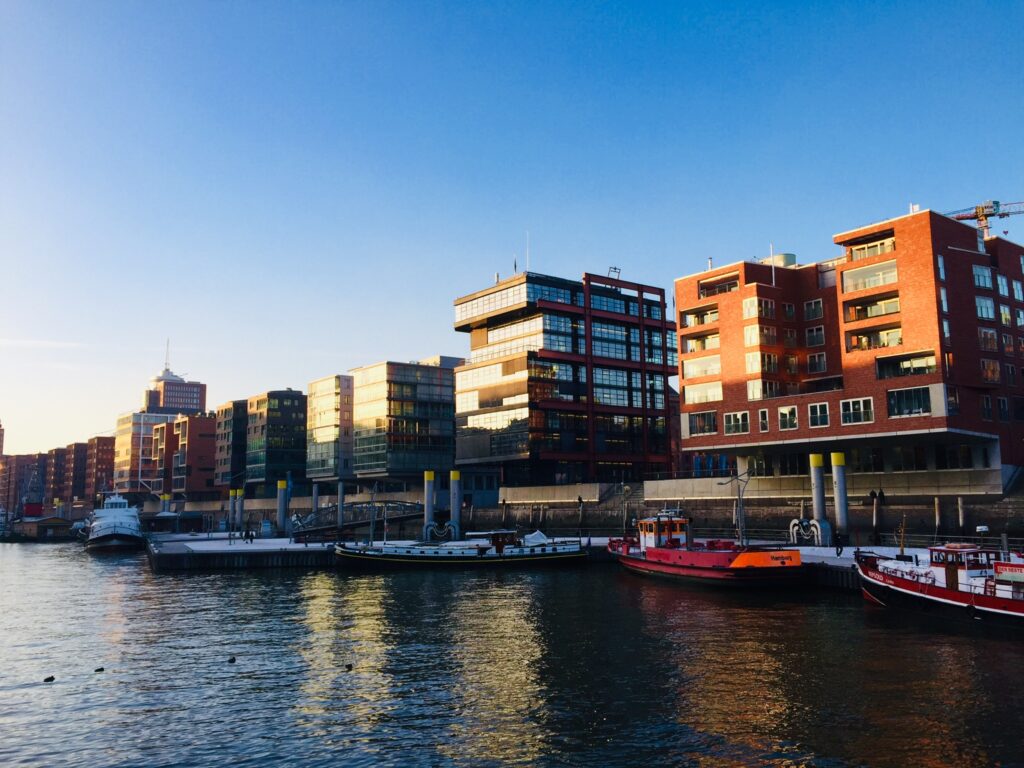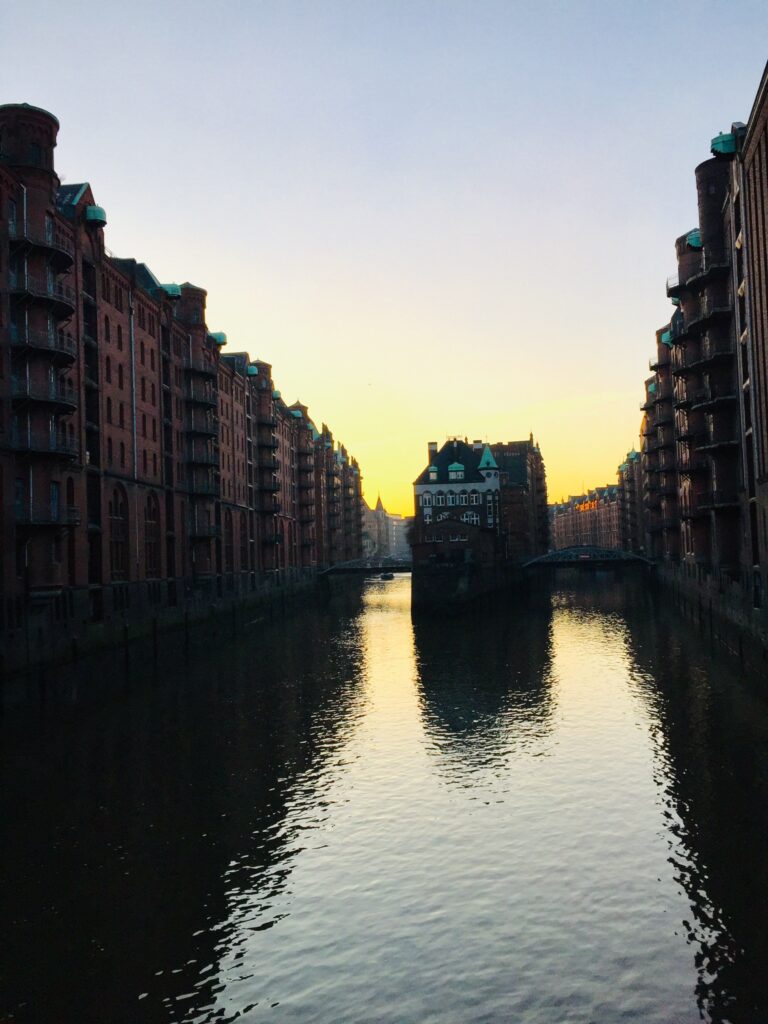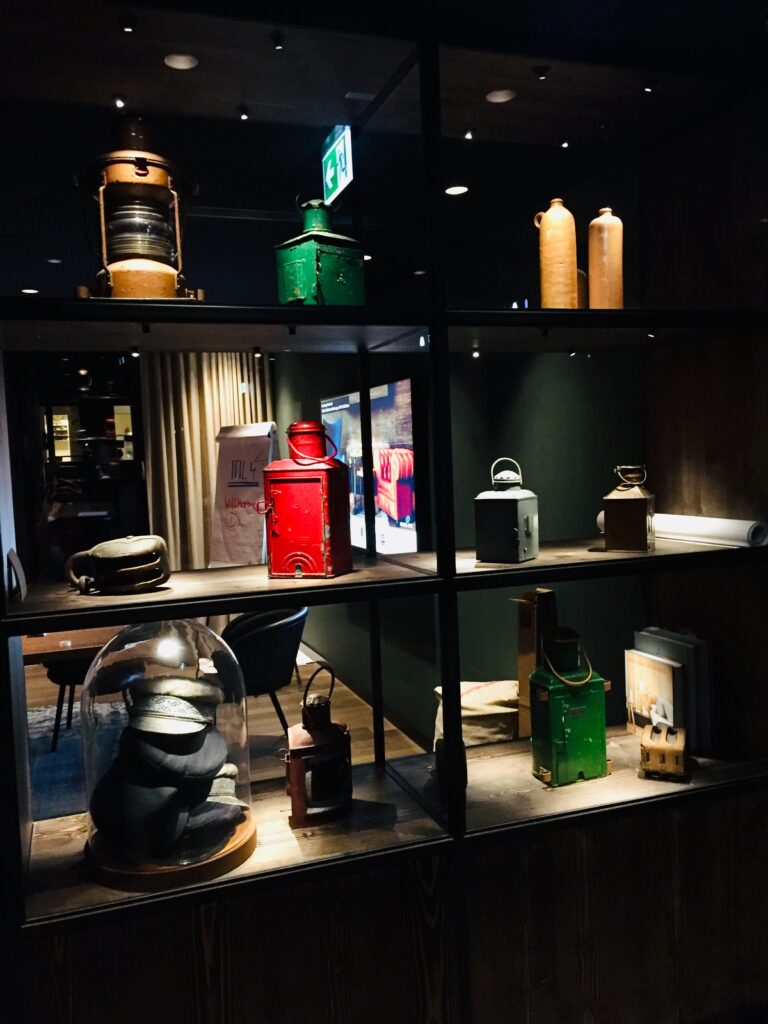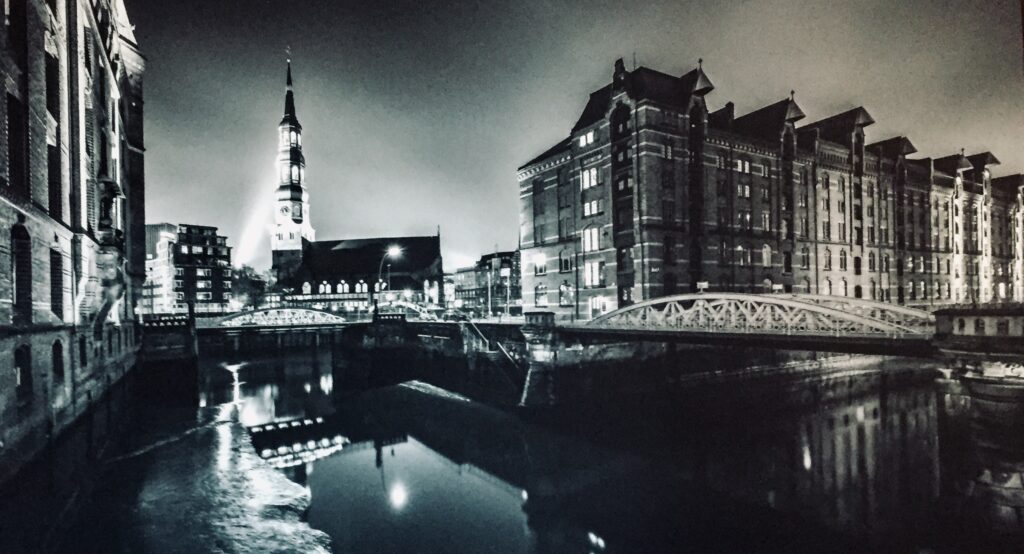The Elbphilharmonie represents a synthesis of arts, architecture, music and the unique location in the middle of the port of Hamburg. More than 2.6 million guests have already attended more than 1,000 concerts. Almost 230,000 people took part in concert hall tours, and the Elbphilharmonie’s music education programs include over 150,000 participants of all ages.
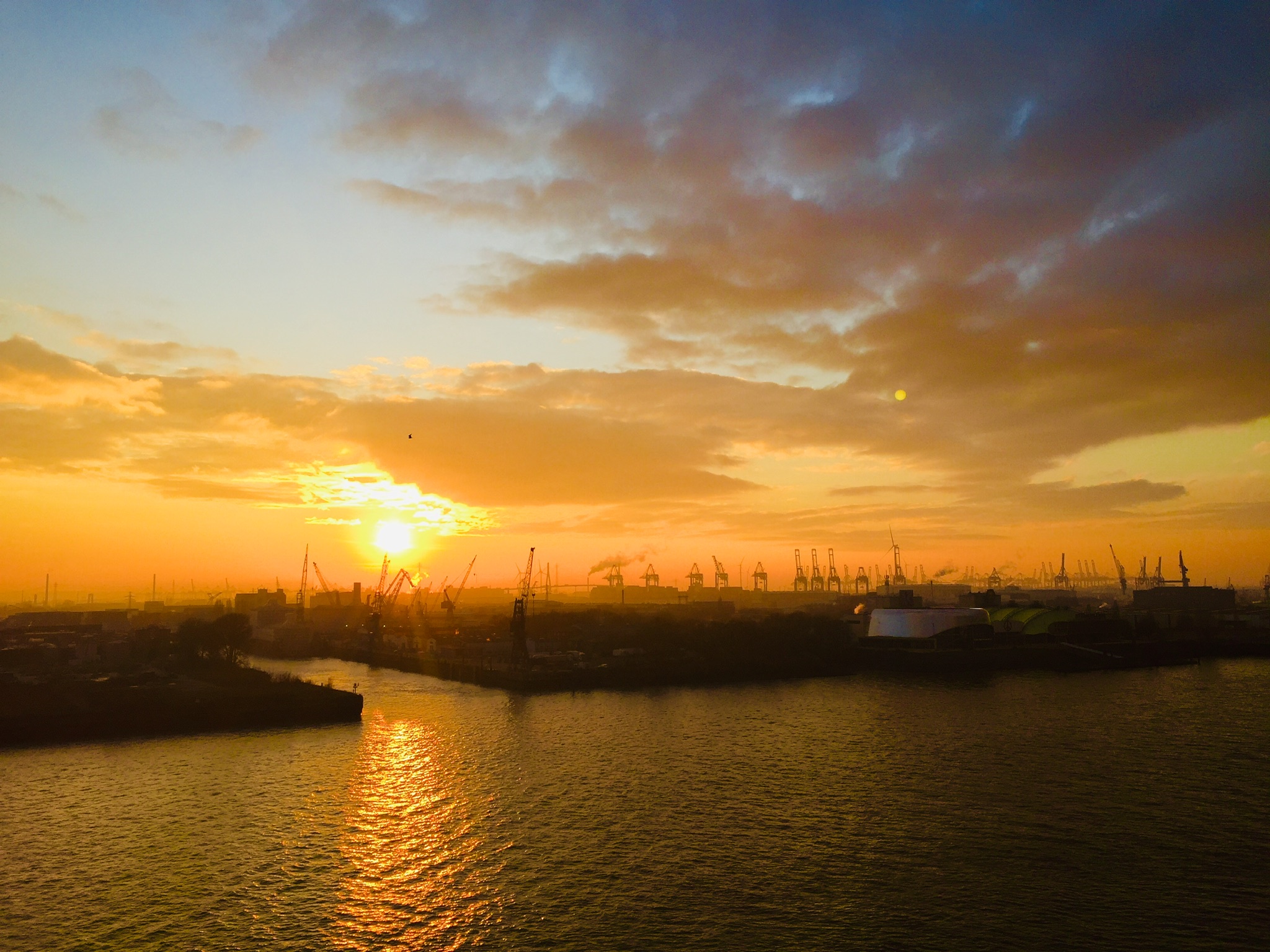
The Elbphilharmonie is truly a building of superlatives – this is where spectacular architecture meets breathtaking acoustics. In addition to 3 concert halls, the Elbphilharmonie building complex also houses the plaza, the luxury hotel „THE WESTIN“, a restaurant and 45 exclusive private apartments. The publicly accessible plaza is a central meeting place in the Hanseatic city. The longest curved escalator in the world takes visitors to a height of 37 meters. Here on the plaza, the 360° panorama over the city fascinates every visitor.
A bold, wavy glass construction rises above the historic “Kaispeicher” at the western tip of HafenCity: the Elbphilharmonie extends a warm welcome to all visitors to Hamburg. Since opening, the Elbphilharmonie has become one of Hamburg’s architectural and cultural landmarks, symbolizing the spirit of a deeply musical city.
Both – the Great Hall and the Small Hall – belong to the premier league of concert halls in the world. Its unique architecture enables an extraordinary sound miracle. The Great Hall is located between the 12th and 16th floors at a height of 50 meters and offers 2,100 guests space for contrasting and diverse concerts of all genres. The small hall of the Elbphilharmonie, designed for 550 guests, with its elegant wood paneling not only provides a gripping sense of space, but also an unprecedented sound experience.
Both halls were designed by Japanese expert Yasuhisa Toyota. Exceptions are almost the rule here. Because the Elbphilharmonie is a house for everyone and its extensive musical program is designed to be cosmopolitan. Thanks to the great flexibility of the concert halls, international stars and music shape the program just as much as classical music, jazz, electro or pop music. The Elbphilharmonie is probably the best-known example of bridging the gap between tradition and modernity.
The concert hall was designed by the Swiss architects Herzog & de Meuron. The combination of red brick walls and filigree glass building makes the concert hall the headquarter of Hamburg’s self-image. The former “Kaispeicher A” was used as a warehouse for tea, tobacco and cocoa beans, among other things, until the end of the last century. It forms the foundation for 200,000 tons of culture: the glass facade transforms the building on top of the philharmonic hall with a total height of 110m into a huge crystal with a constantly changing appearance. With its partially curved and incised glass panels, it captures the reflections of the sky, the water and the city.
